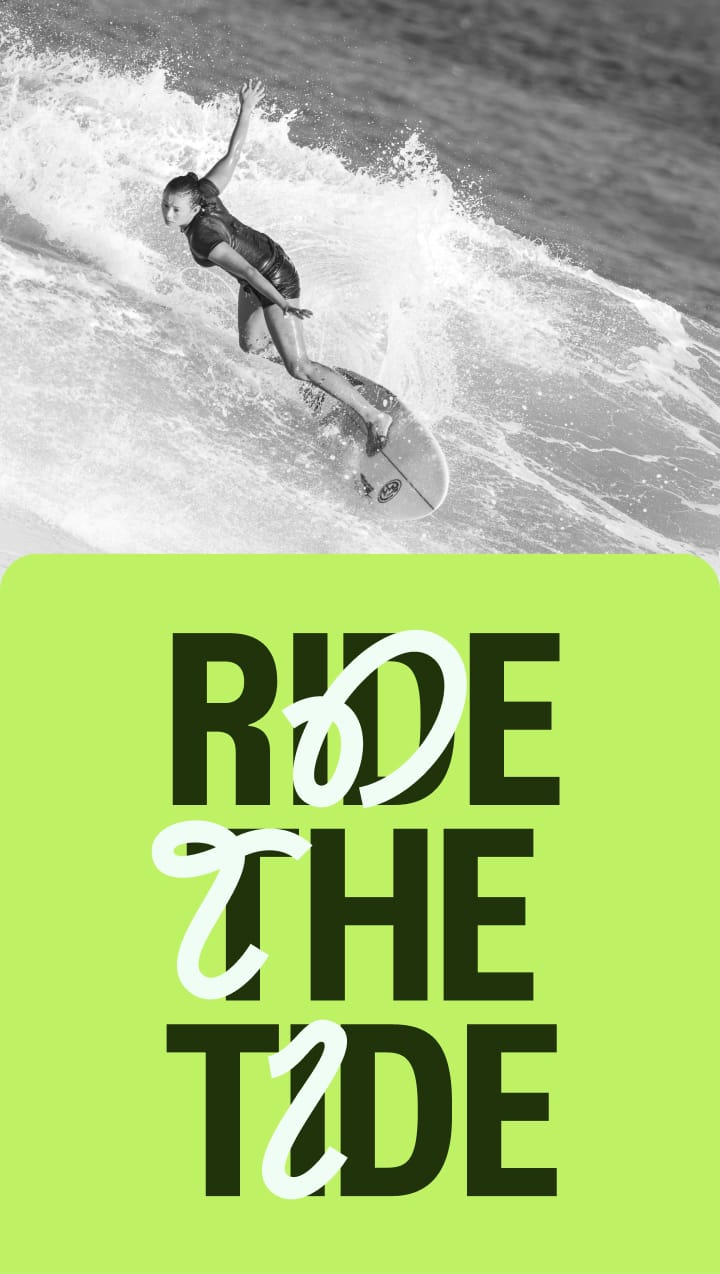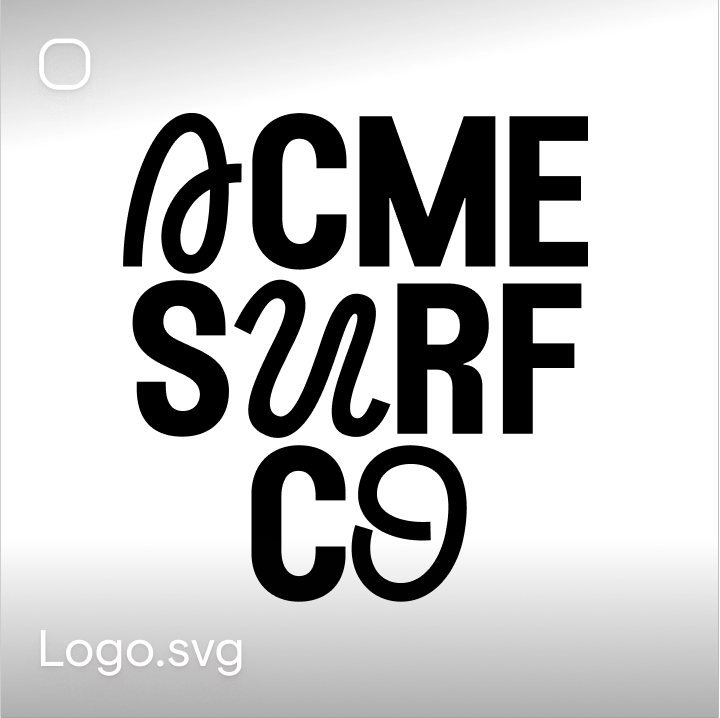1. The Significance of Differentiation with Creatives for DTC Brands
In the expansive marketplace of Direct-to-Consumer brands, differentiation has become more important than ever. It sets a brand apart, fosters recognition, builds customer loyalty, and ultimately boosts sales. But how does a brand achieve this differentiation? The answer lies in leveraging creative assets and utilizing modern tools to produce, distribute, and gain insights from them. In this article, we discuss strategies how to differentiate alongside with tactics and tools like Canva, Jitter, Figma, Webflow, Shopify, Framer, with insights from Dribbble, TikTok Trends, and Meta Ad Library.
2. Using Creative Assets for Differentiation
What are Creative Assets?
Creative assets include logos, website designs, product images, ads, and social media content, embody your brand's identity and personality. They're more than just symbols or elements; they serve as ambassadors of your brand, visually encapsulating your brand's values and ethos, and creating a unique narrative that connects with the audience.
How Creative Assets help DTC Brands Win Competition?
Brands that utilize outstanding creative assets on their websites and in their advertisements tend to drive conversions at a significantly higher rate. Cultivating a vibrant and evolving library of creative materials, and remaining attuned to contemporary trends, can captivate your audience and foster engagement. Regularly refreshing your creative assets helps prevent Ad Fatigue and Creative Fatigue, keeping your content fresh and engaging. This practice of aligning with current trends and regularly updating your content can stimulate increased audience interactions, thereby boosting Click-Through Rates (CTR) and overall conversions.
Close monitoring of key performance indicators, such as Spend, Conversion Rate, and Cost Per Mille (CPM), can help measure the success of your creative strategies, and maintain an upward trajectory in your brand's conversion rate. In essence, investing in high-quality creative content and constantly refreshing it according to current trends can significantly boost your brand's sales and profitability.
Read more: Ten Rules for Building a Winning Creative Feedback Loop
3. Tactics for Differentiation Using Creative Assets and Tools
Amplifying Your Unique Selling Proposition (USP)
Before implementing any tactics or tools, you should ensure you have an unique, winning USP. Your Unique Selling Proposition (USP) is what sets your product or service apart from the competition. It's the distinct advantage or point of difference that makes your brand unique and more appealing to consumers. Therefore, it is crucial to keep a close eye on your competitors, understanding what they are offering, and then reflect on how your brand can offer something different or better. Whether it's superior quality, innovation, pricing, or customer service, identifying and amplifying your USP can give your brand a significant competitive edge in the market.
Building a Unique Brand Identity with Figma
Your brand identity is the sum total of your brand's public image. Tools like Figma, a collaborative design platform, enable teams to work together in real time to create a distinctive brand identity that reflects your brand's mission, values, personality, and promise. Figma offers a free plan for small teams and can be linked directly to tools like Jira, Focal, and others, making it a powerful tool for scaling your business. Similarly, Canva can be particularly useful for teams producing a large volume of social media assets, as it offers templates for all the popular social media platforms and placements.
Crafting an Engaging Website with Webflow, Shopify, and Framer
Your website often serves as the initial point of contact between your brand and its customers. Tools like Webflow, Shopify, and Framer can assist in designing an attractive, user-friendly website that reflects your brand ethos. Webflow provides a platform for designing and launching responsive websites, while Shopify offers an all-in-one e-commerce platform. Framer enhances the user experience with its platform for interactive design.
Leveraging User-Generated Content (UGC) for Authentic Engagement
User-Generated Content (UGC) offers an opportunity to showcase your products or services from the perspective of your consumers. This form of content not only amplifies your brand's credibility but also enhances its appeal by providing real-life experiences and testimonials. A unique brand identity is complemented by UGC, as it helps your brand stay relatable and in tune with the customer's voice. Furthermore, UGC encourages a participatory culture, where customers feel heard and valued. Therefore, proactively curating and showcasing user-generated content on your platforms can greatly enrich your brand's authenticity and foster deeper connections with your audience. Use insights from TikTok Creative Center to identify influencers who align with your brand values
Read more: How to implement UGC (User-Generated Content) to your Marketing Strategy?
Enhancing Brand Appeal with Quality Photography and Videography
High-quality images and videos help establish an emotional connection with your audience. They not only showcase your products but also enhance your brand's appeal. Having a unique touch and distinguishable brand identity helps, sometimes relying on a free stock photo and video website and app can support your business growth. Check out Pexels and Unsplash for high-quality images and videos that can make your brand more lively.
Creating Effective Ads with Jitter
In the competitive DTC advertising landscape, crafting compelling ads and website designs is essential. Jitter is an ideal tool for creating interactive, motion-based ads that capture and retain consumer attention. These can be particularly useful when you want to grab attention with social media videos or lively website animations.
4. Overcoming Potential Challenges in Differentiating a DTC Brand
Despite these strategies and tactics, brands may face challenges such as keeping up with digital trends, balancing differentiation with familiarity, and overcoming creative blocks. Utilizing insights and benchmarks from Dribbble, TikTok's Creative Center, Meta's Ad Library, and Google Trends can help in identifying successful cases and fueling your creative approach. Also, forums like Product Hunt offer peer support and ideas for DTC teams.
5. Conclusion: Embrace the Power of Differentiation
Differentiating your DTC brand with creative assets and the right tools is a challenging yet rewarding endeavor. It's not just about being louder; it's about communicating effectively and resonating with your audience.
Read more: Focal for DTC and eCom
6. Frequently Asked Questions
What are creative assets?
Creative assets are any visual or auditory pieces that represent your brand's identity, such as logos, photos, videos, music, and website design.
Why is differentiation important for DTC brands?
Differentiation helps DTC brands stand out in a saturated market, creating a unique brand identity and fostering customer loyalty.
How can social media help in brand differentiation?
Social media platforms provide a space for DTC brands to showcase their creative assets, engage with their audience, and express their unique brand personality.
What is a unique selling proposition (USP)?
A USP is a factor that differentiates a product from its competitors, such as the quality, price, design, or innovation of the product.
What are some challenges in differentiating a DTC brand?
Keeping up with digital trends, striking a balance between differentiation and familiarity, and overcoming creative block are some common challenges.
How does ad variation affect DTC brands?
In the DTC world, the number of ad variations is growing and each channel requires creative assets that suit the platform's specifics and engage the audience. Effective ads can make a significant difference in brand differentiation.
What is Focal?
Focal is a creative asset management platform perfect for asset-heavy teams. With Focal, you can ship effective ads 10x faster.
Our key features are an AI-powered search for creative assets, advanced media mockups, and collaborative docs designed for marketers. All features in Focal are seamlessly connected with Slack and Figma, so you don't need to waste time on manual copy+paste.




















